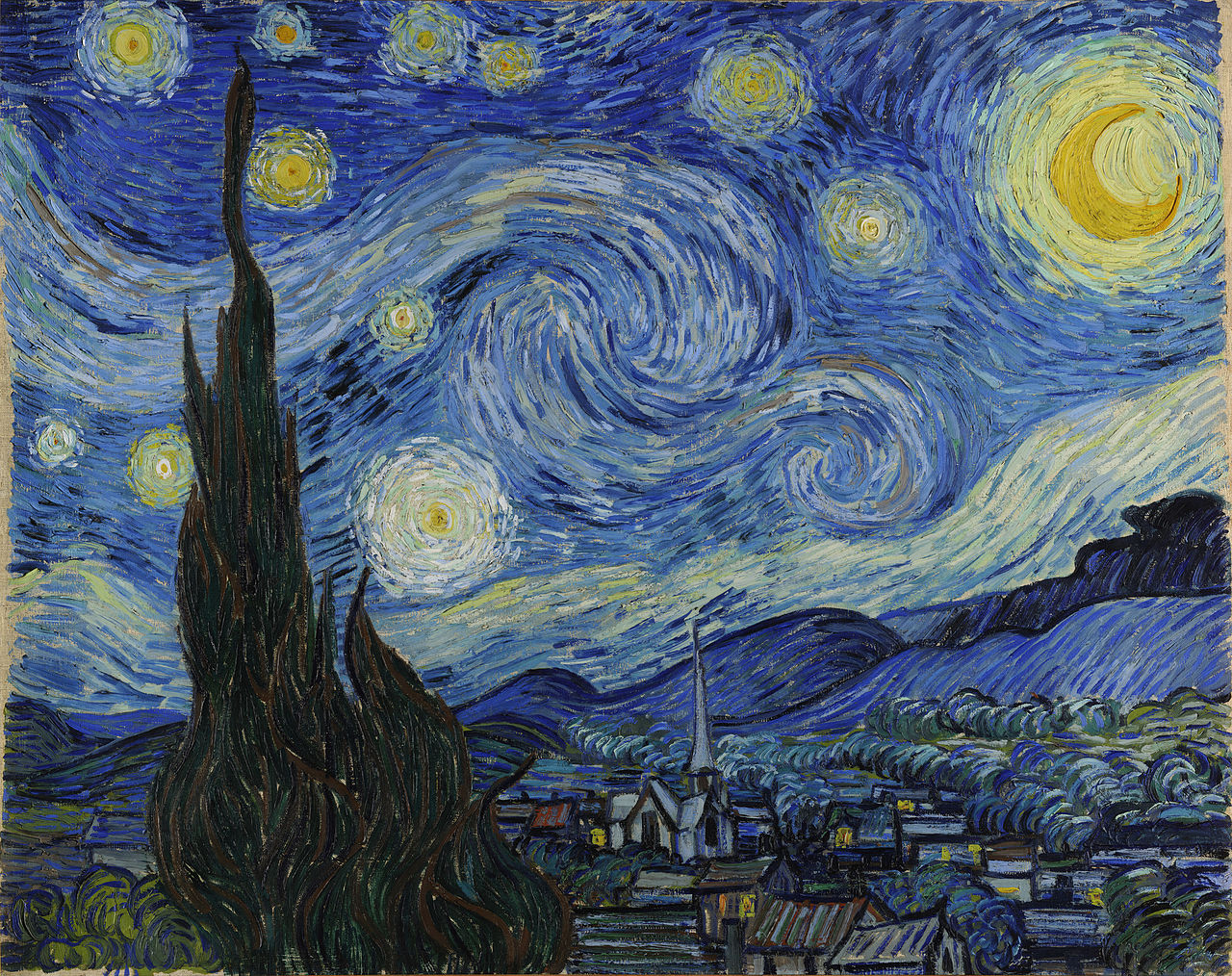Categorical DQN.
Implementation of the Categorical DQN as described in A distributional Perspective on Reinforcement Learning.
Thanks to @tudor-berariu for optimisation and training tricks and for catching two nasty bugs.
Dependencies
You can take a look in the env export file for the full list of dependencies.
Install the game of Catch:
git clone https://github.com/floringogianu/gym_fast_envs
cd gym_fast_envs
pip install -r requirements.txt
pip install -e .
Install visdom for reporting: pip install visdom.
Training
First start the visdom server: python -m visdom.server. If you don't want to install or use visdom make sure you deactivate the display_plots option in the configs.
Train the Categorical DQN with python main.py -cf configs/catch_categorical.yaml.
Train a DQN baseline with python main.py -cf configs/catch_dqn.yaml.
To Do
- Migrate to
Pytorch 0.2.0. Breaks compatibility with0.1.12. - Add some training curves.
- Run on Atari.
- Add proper evaluation.
Results
First row is with batch size of 64, the second with 32. Will run on more seeds and average for a better comparison. Working on adding Atari results.









